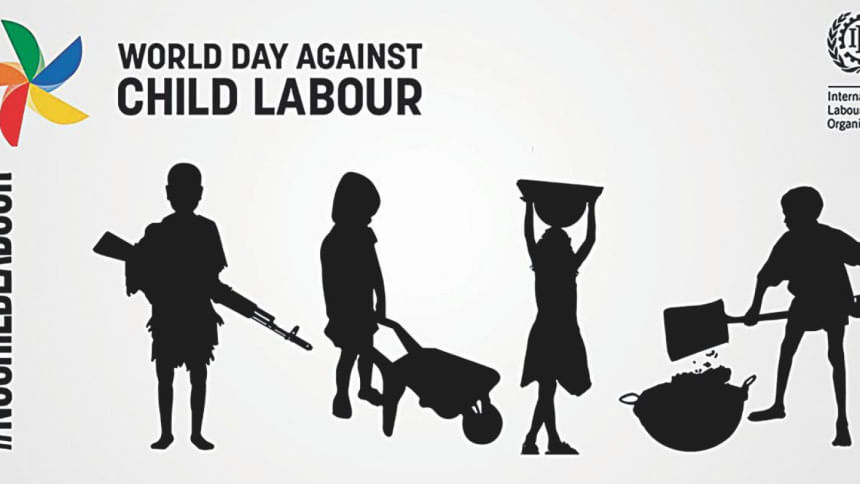Children shouldn’t work in fields, but on dreams

The International Labour Organization (ILO) launched the World Day Against Child Labour in 2002 to focus attention on the global extent of child labour and the action and efforts needed to eliminate it. Each year on 12 June, the World Day brings together governments, employers and workers organisations, civil society, as well as millions of people from around the world to highlight the plight of child labourers and what can be done to help them.
This year, the World Day Against Child Labour theme entitles: Children shouldn’t work in fields, but on dreams! Yet today, 152 million children are still in child labour. They do not go to school and have little or no time to play. Many do not receive proper nutrition or care. They are denied the chance to be children. More than half of them are exposed to the worst forms of child labour such as work in hazardous environments, slavery, or other forms of forced labour, illicit activities including drug trafficking and prostitution, as well as involvement in armed conflict.
Child labour is work carried out to the detriment and endangerment of a child, in violation of international law and national legislation. It either deprives children of schooling or requires them to assume the dual burden of schooling and work. Child labour to be eliminated is a subset of children in employment. It includes: (a) all “unconditional” worst forms of child labour, such as slavery or practices similar to slavery, the use of a child for prostitution or for illicit activities; (b) work done by children under the minimum legal age for that type of work, as defined by national legislation in accordance with international standards.
The Sustainable Development Goals (SDGs), adopted by world leaders in 2015, include a renewed global commitment to ending child labour. Specifically, target 8.7 of the Sustainable Development Goals calls on the global community to: “Take immediate and effective measures to eradicate forced labour, end modern slavery and human trafficking and secure the prohibition and elimination of the worst forms of child labour, including recruitment and use of child soldiers, and by 2025 end child labour in all its forms.”
In 2019, the ILO celebrates 100 years of advancing social justice and promoting decent work. The World Day Against Child Labour looks back on progress achieved over a 100 years of ILO support to countries on tackling child labour. Since its founding in 1919, the protection of children has been embedded in the ILO’s Constitution (Preamble). One of the first Conventions adopted by the ILO was on Minimum Age in Industry (No. 5, 1919).
2019 also marks 20 years since the adoption of the ILO’s Worst Forms of Child Labour Convention, 1999 (No. 182). With only a few countries still to ratify, this Convention is close to universal ratification. On this World Day we call for full ratification and implementation of Convention No. 182 and of the ILO’s Minimum Age Convention, 1973 (No. 138). We also encourage ratification of the Protocol of 2014 to the Forced Labour Convention, which protects both adults and children.
COMPILED BY LAW DESK (SOURCE: UN.ORG).

 For all latest news, follow The Daily Star's Google News channel.
For all latest news, follow The Daily Star's Google News channel. 



Comments